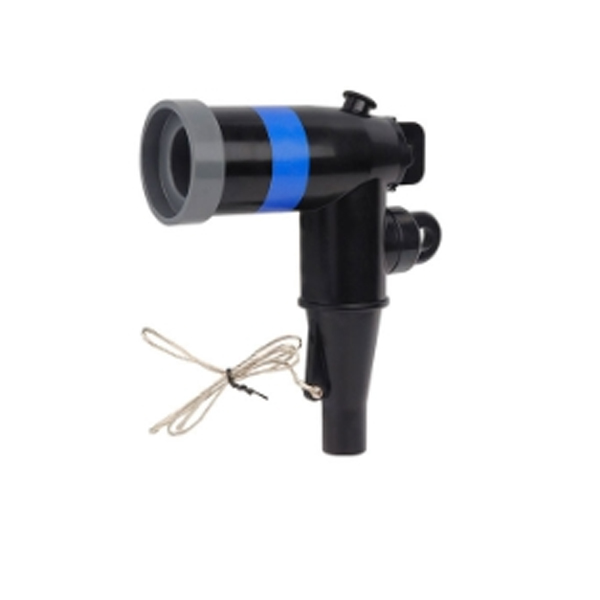A separable connector is a specialized electrical component designed to establish and disconnect electrical connections safely and efficiently in high-voltage or high-current systems. Unlike permanent connections, separable connectors allow for repeated mating and unmating without damaging the components. They are engineered to ensure reliable power transmission while enabling easy maintenance, testing, or reconfiguration of electrical systems.

Separability by Design: Allows repeated connection/disconnection. Uses precision interfaces (pins, sockets, clips) to ensure alignment and conductivity.
Reliable Performance: Low resistance for electrical models, minimal signal loss for data connectors. Secure locking mechanisms to prevent accidental disconnection.
Environmental Resilience: Rated for harsh conditions: IP67 waterproofing, vibration resistance, or temperature tolerance (-40°C to +125°C in aerospace).
Separable connectors are indispensable in industries requiring adaptable and safe electrical connections. Key applications include:
Power Distribution Systems: Used in underground and overhead power networks to connect cables, transformers, and switchgear. Facilitate quick isolation of faulty sections without shutting down the entire grid.
Electric Vehicle Charging Infrastructure: Enable fast and safe connections between charging stations and EVs, supporting high-current DC fast charging.
Industrial Equipment: Deployed in manufacturing plants, mining, and oil/gas facilities to power heavy machinery and control systems.
Renewable Energy Systems: Connect solar panels, wind turbines, and energy storage systems to inverters and grids, simplifying installation and maintenance.
Railway Electrification: Provide reliable connections for overhead catenary systems and traction power supplies.
Separable connectors are critical enablers of modern electrical infrastructure, combining safety, durability, and operational flexibility. Their ability to simplify complex installations and reduce maintenance costs makes them essential in power distribution, industrial automation, and emerging technologies like renewable energy and electric mobility. As systems evolve toward modularity and sustainability, the demand for advanced separable connectors is set to grow further.
GET A QUOTE